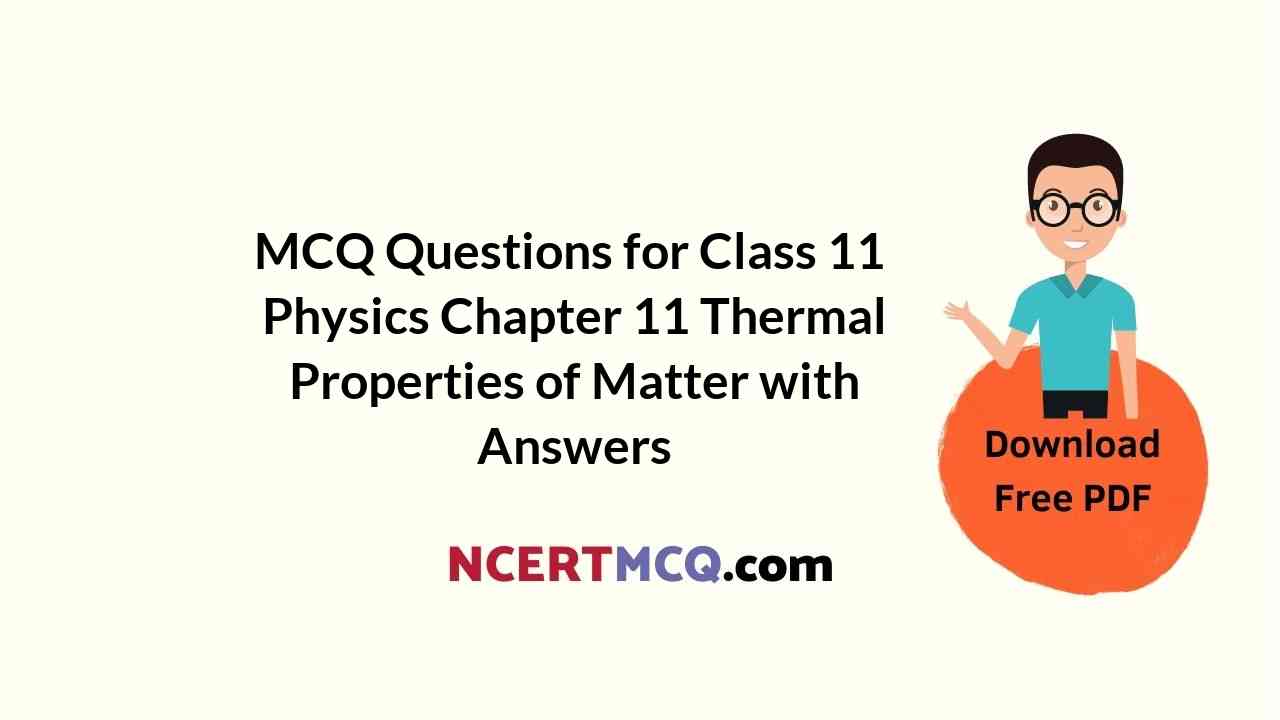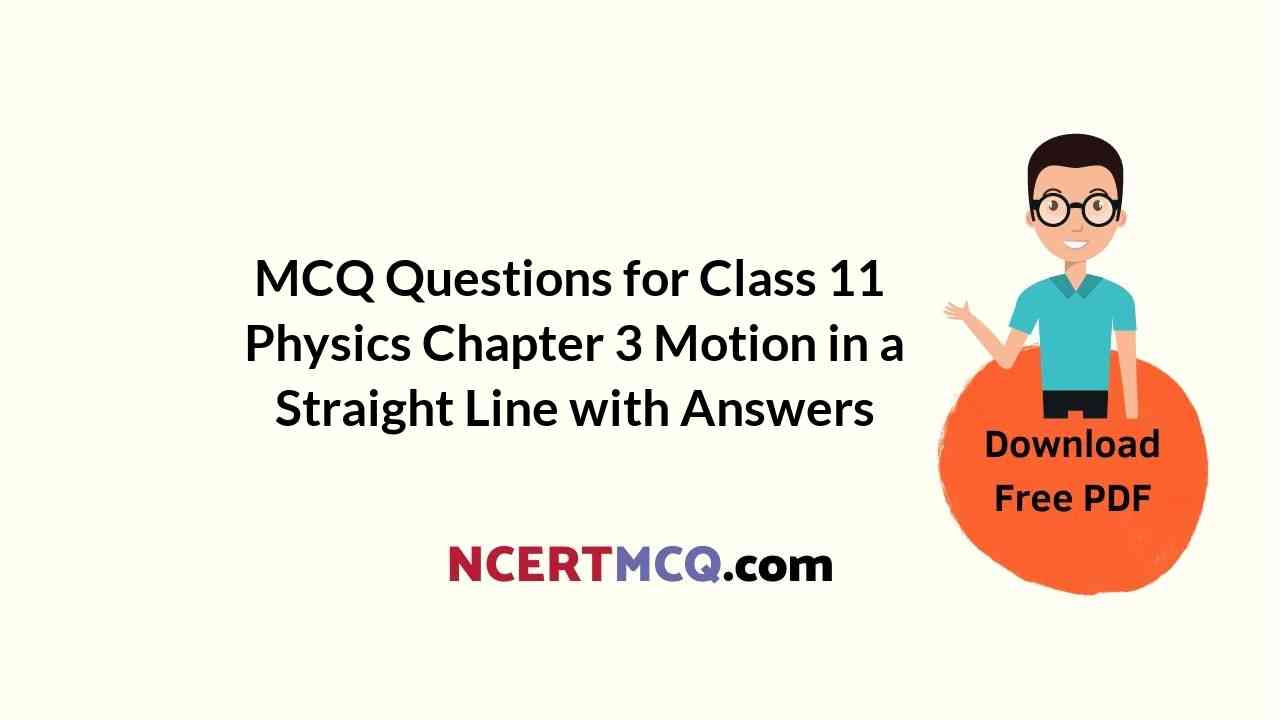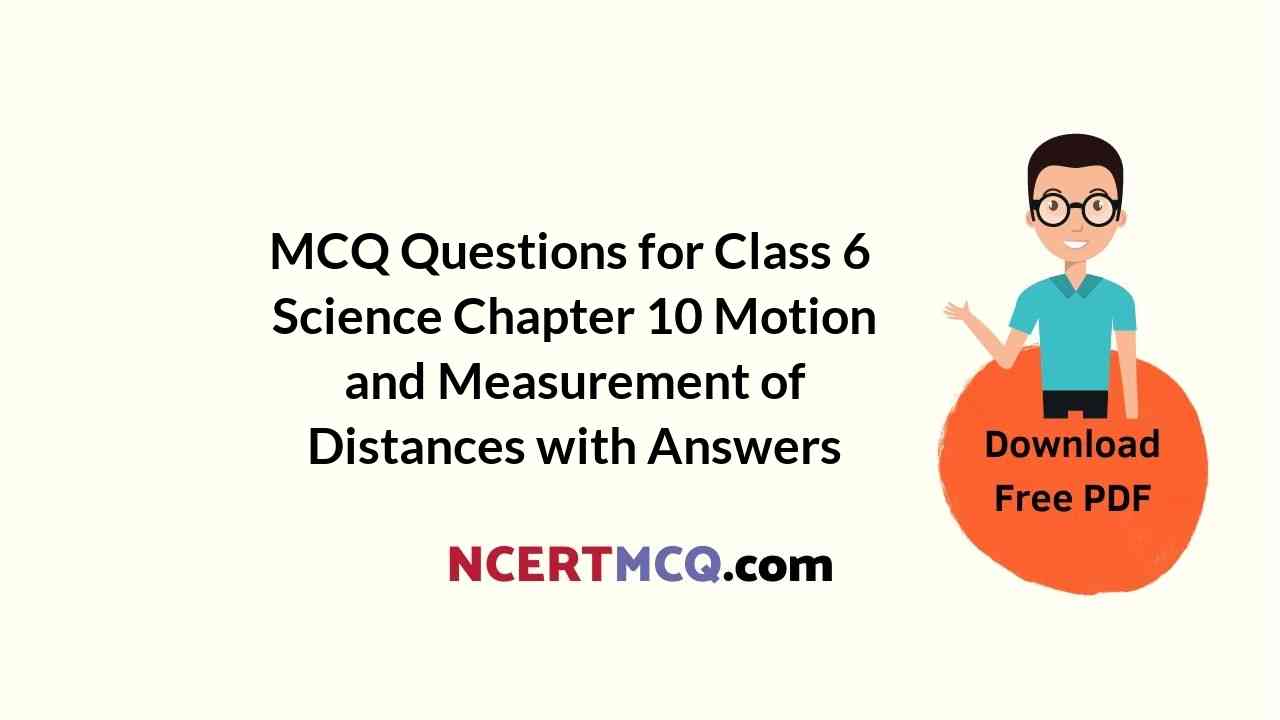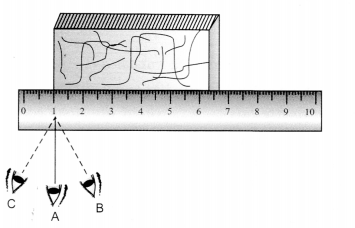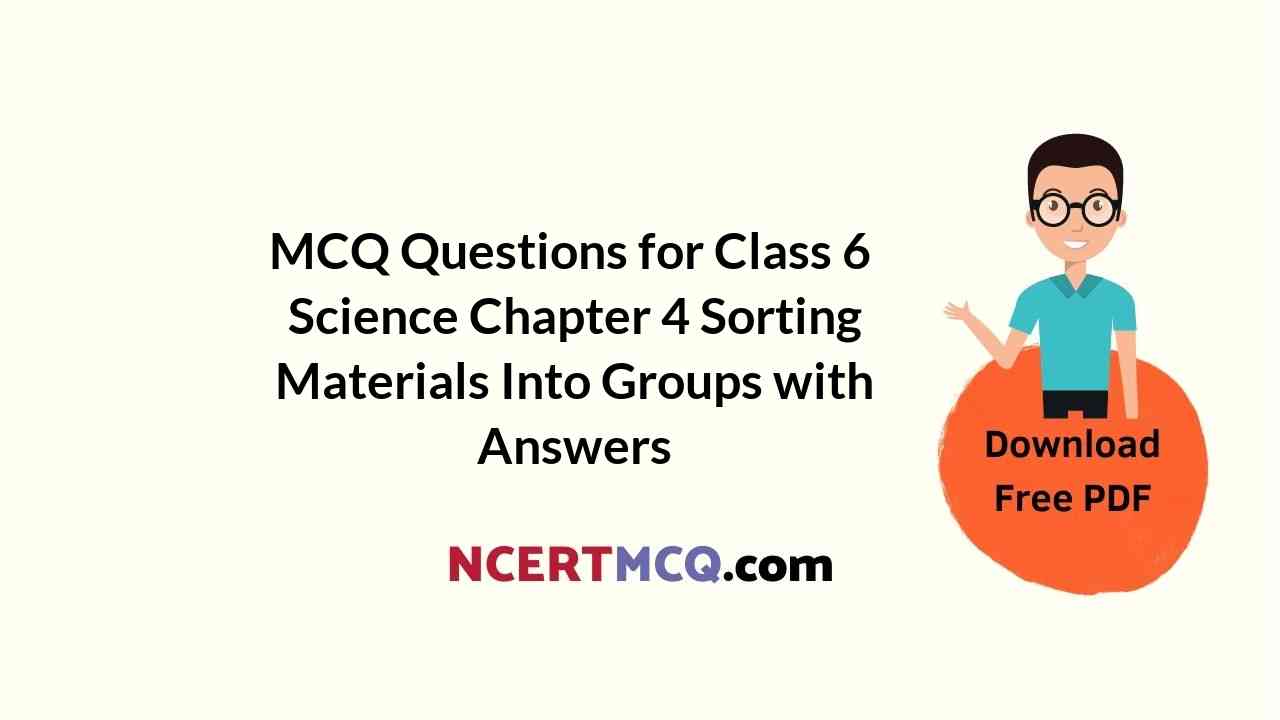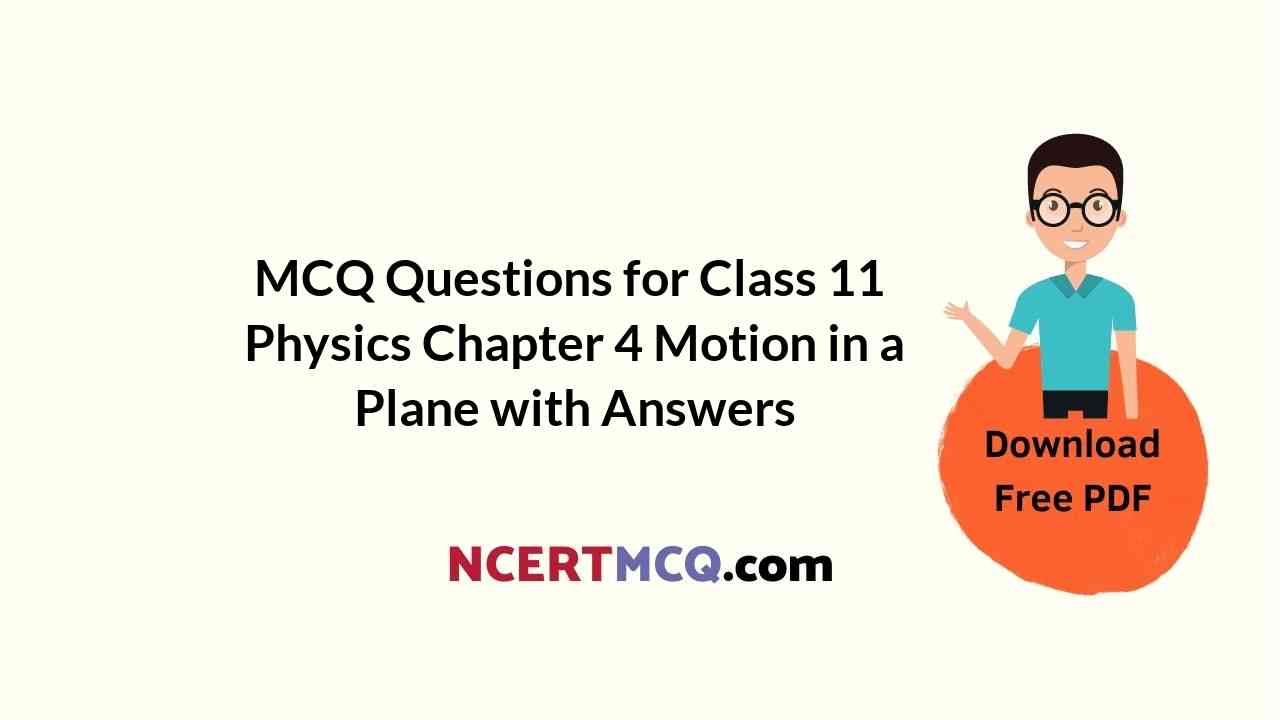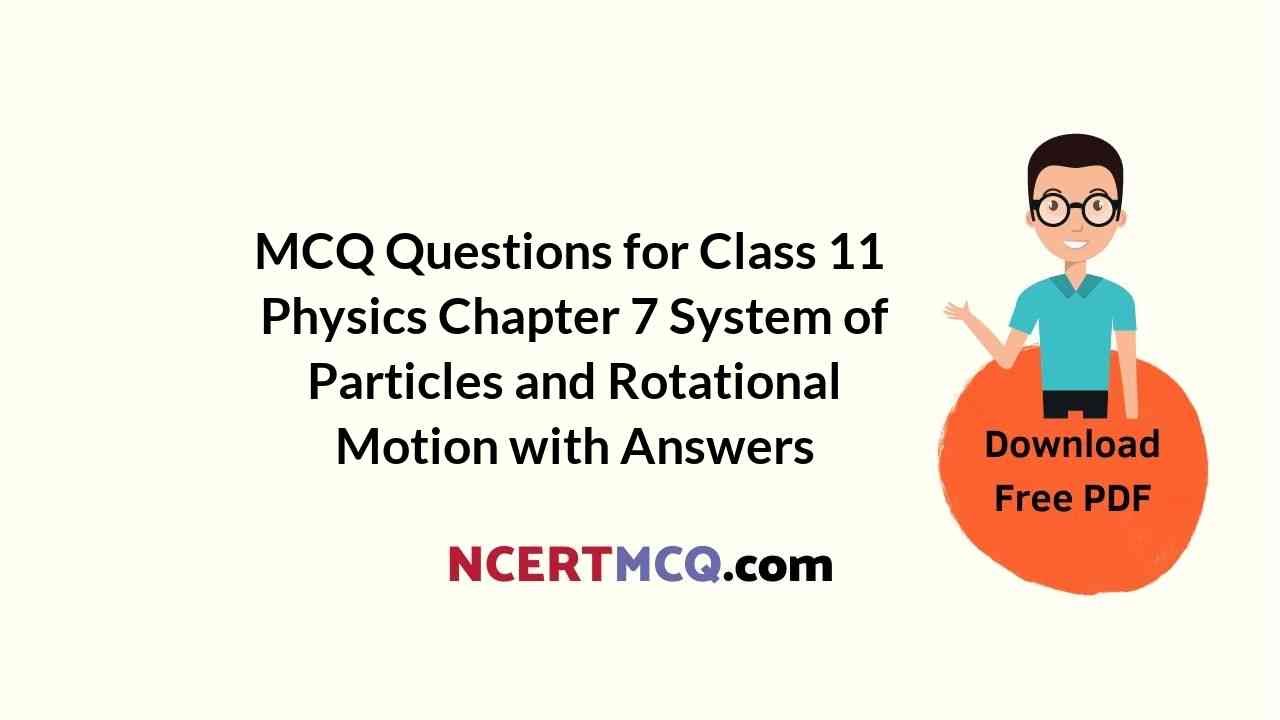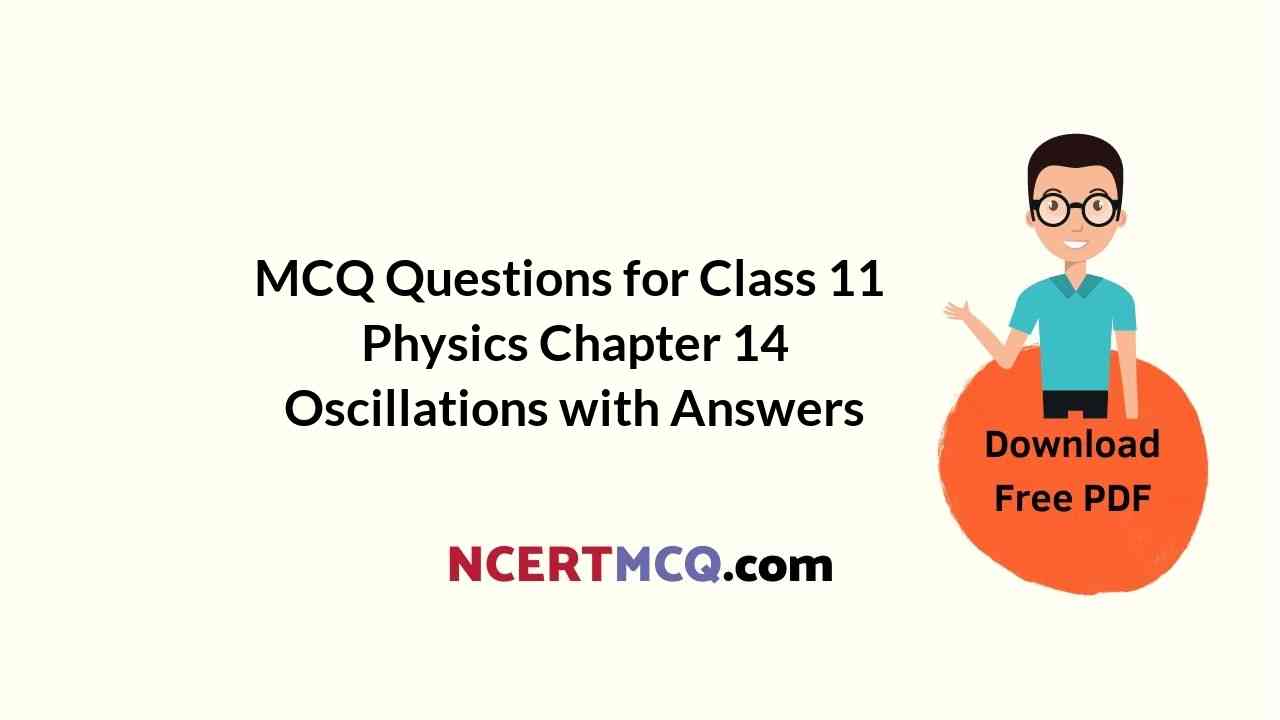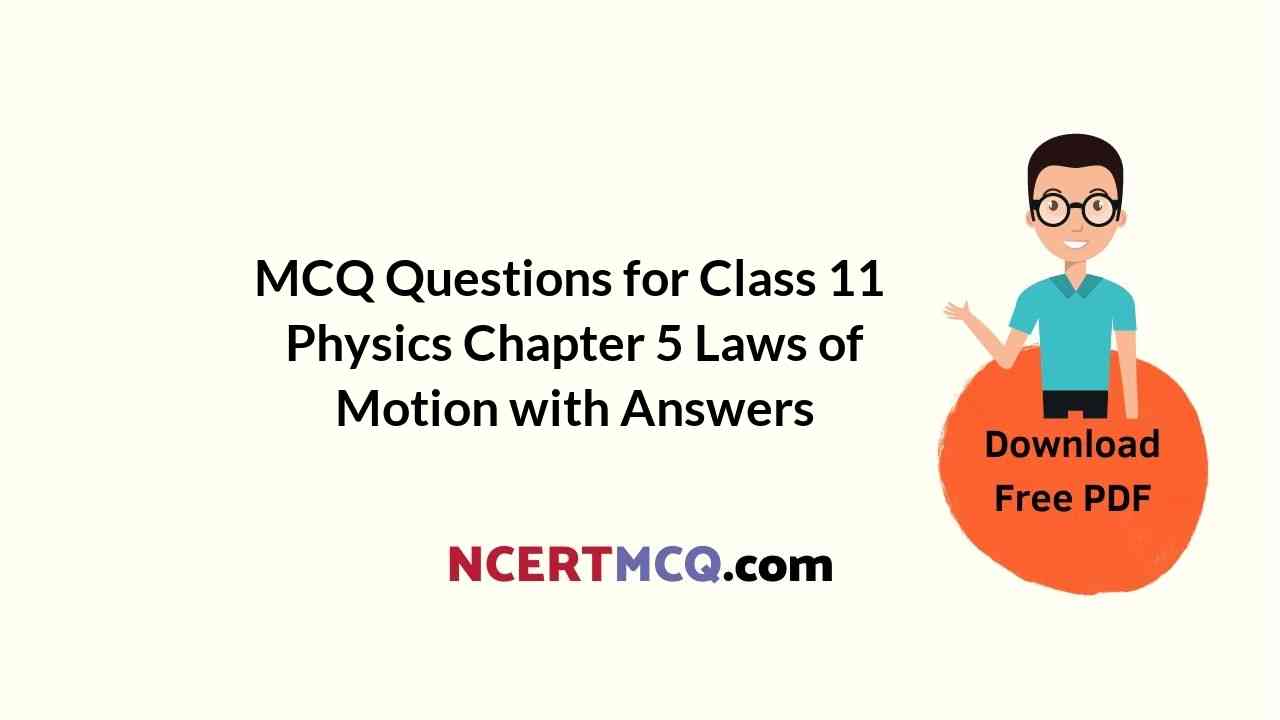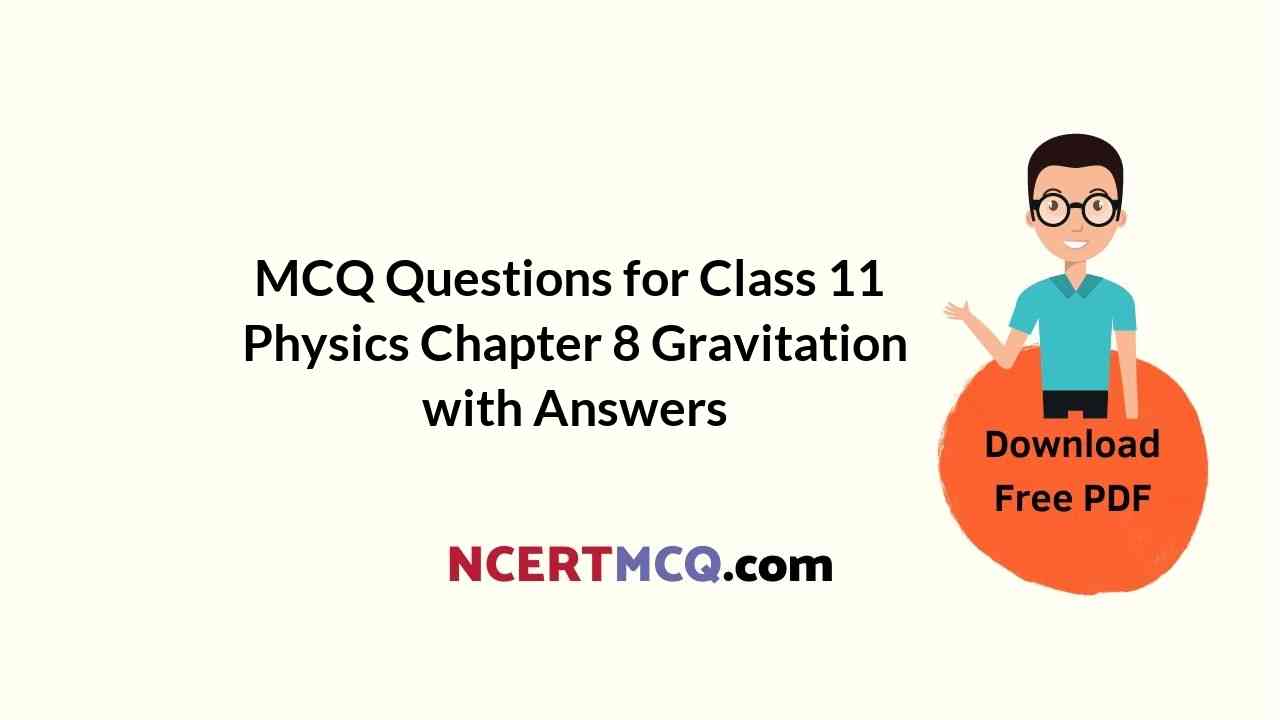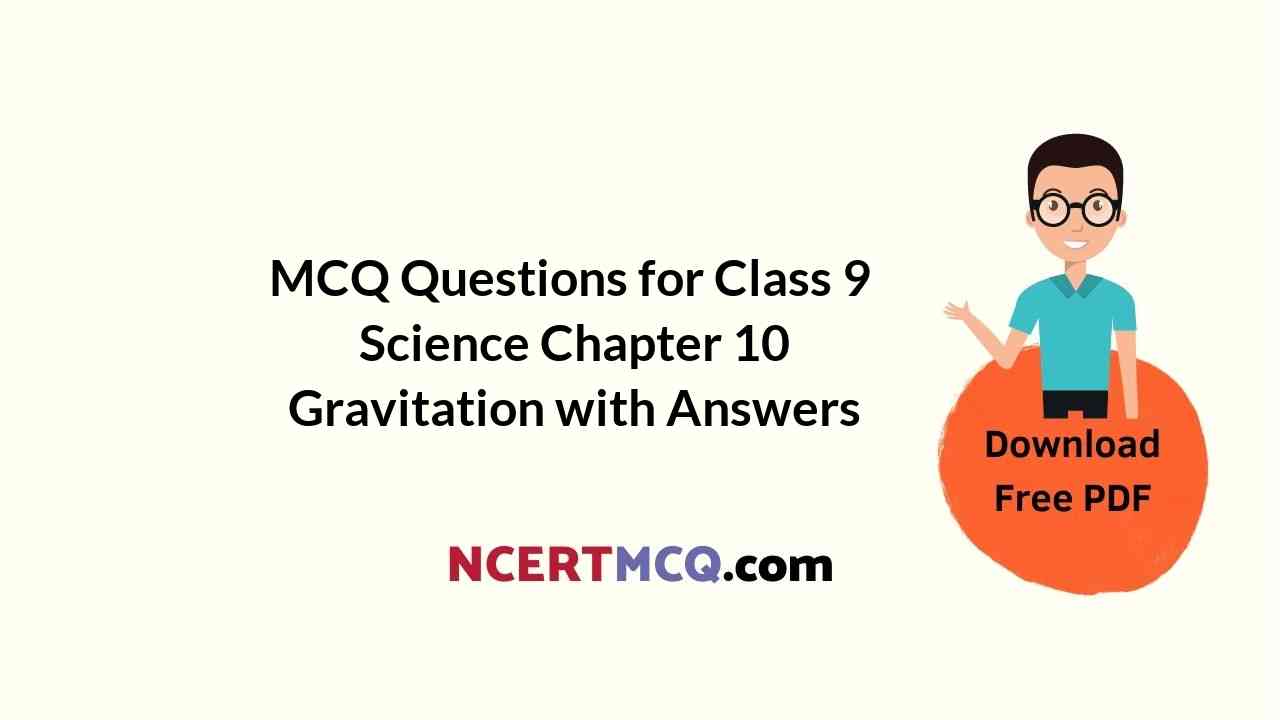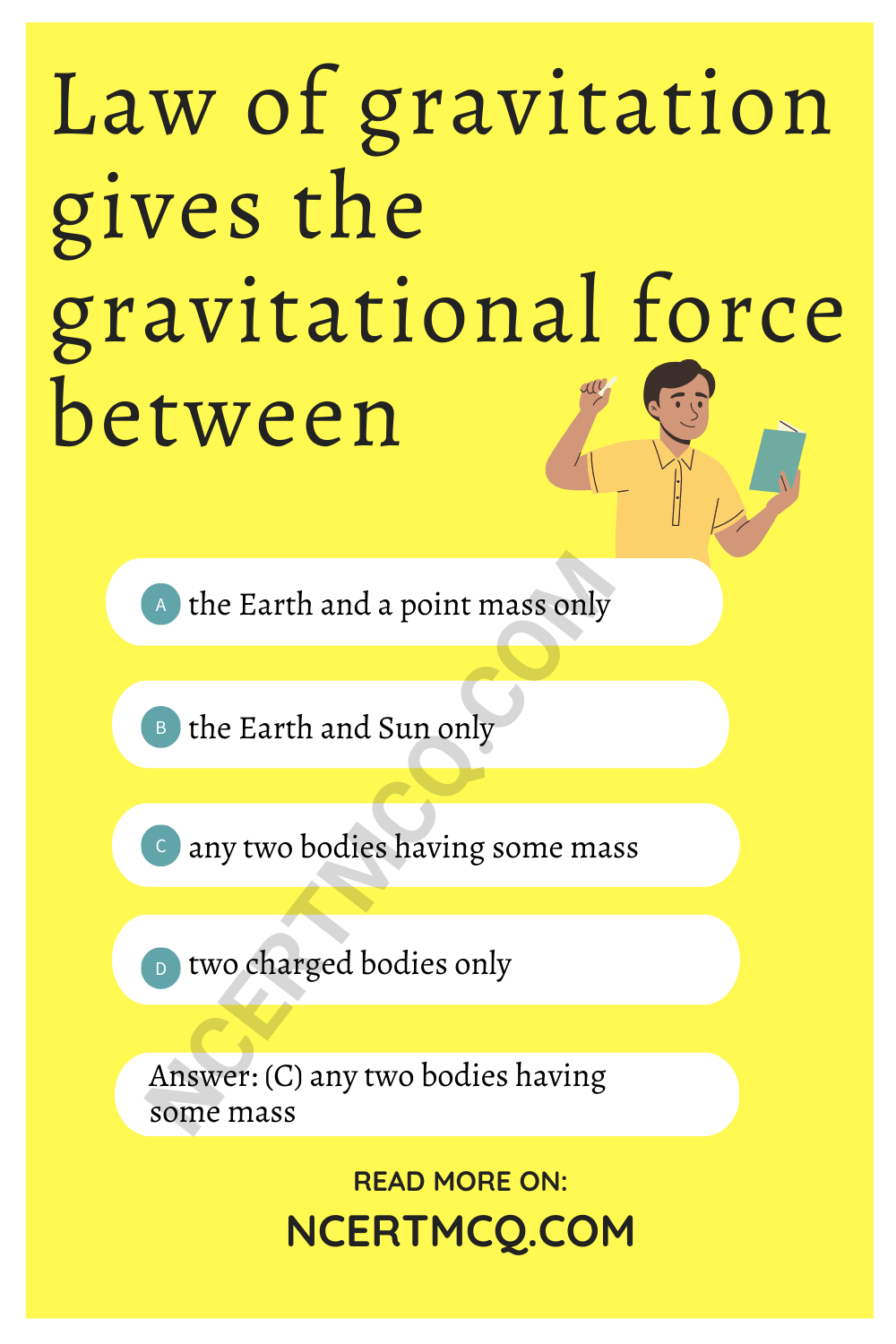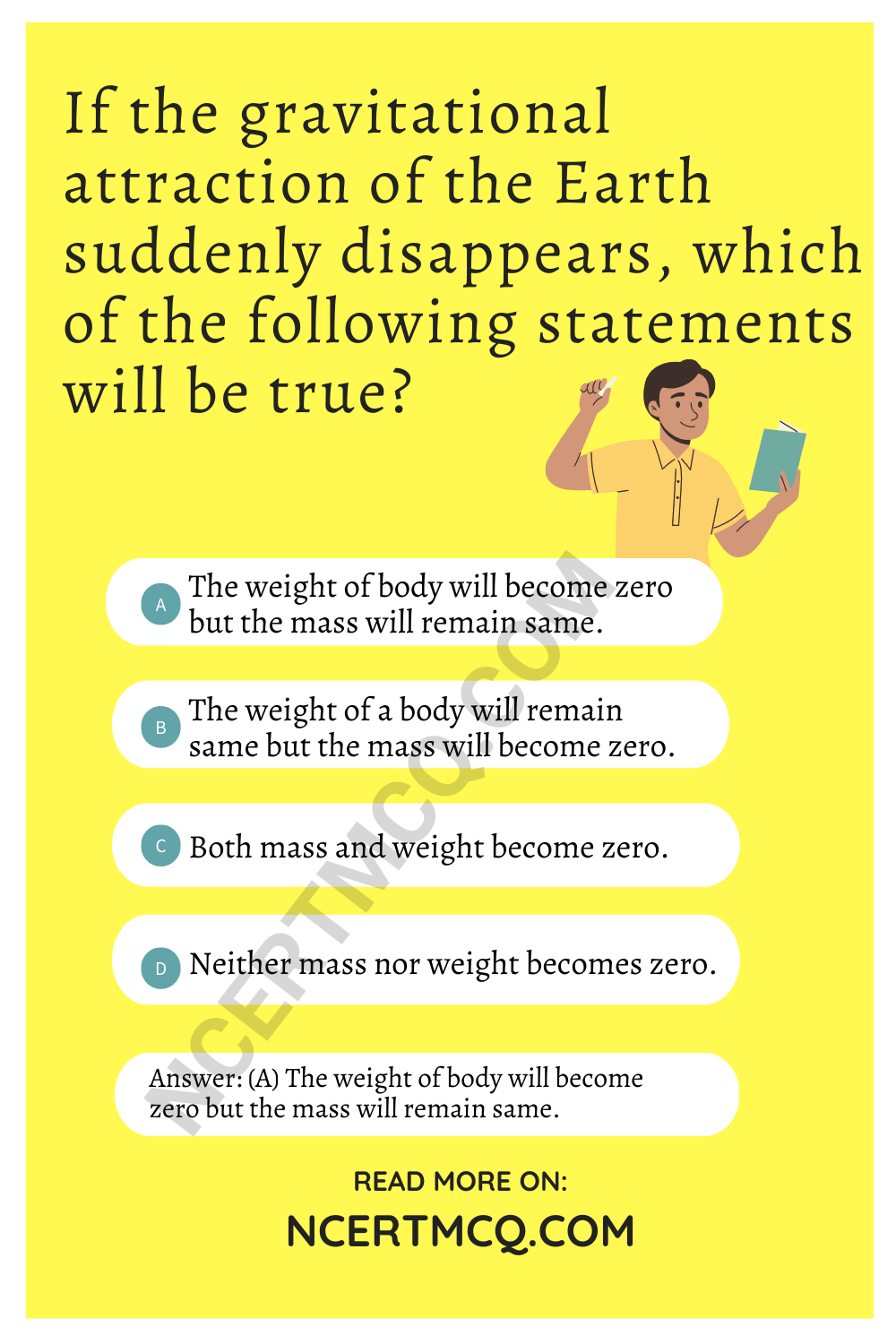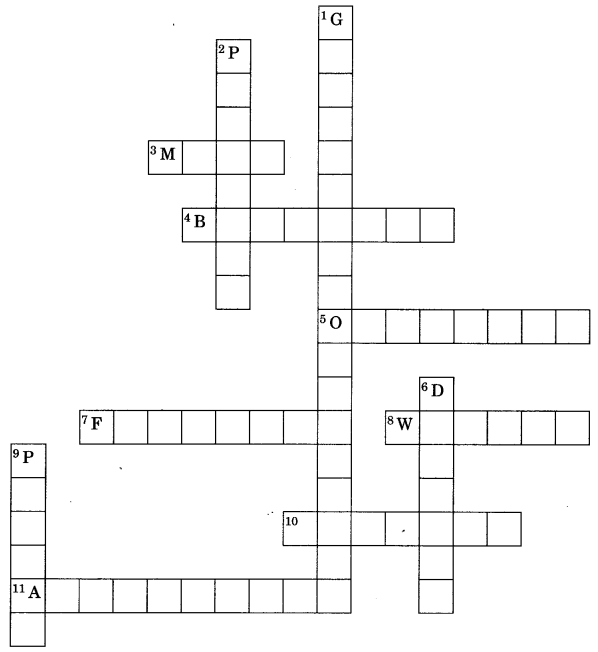Check the below NCERT MCQ Questions for Class 11 Physics Chapter 11 Thermal Properties of Matter with Answers Pdf free download. MCQ Questions for Class 11 Physics with Answers were prepared based on the latest exam pattern. We have provided Thermal Properties of Matter Class 11 Physics MCQs Questions with Answers to help students understand the concept very well.
Class 9 Physics Chapter 11 MCQ With Answers
Physics Class 9 Chapter 11 MCQs On Thermal Properties of Matter
Thermal Properties Of Matter MCQ Pdf Question 1.
Absorptive power of perfectly black body is
(a) Zero
(b) Infinity
(c) One
(d) Constant
Answer
Answer: (c) One
Thermal Properties Of Matter Class 11 MCQ Question 2.
A black body at hot temperature at 227°C radiates heat at a rate of 5 cal/cm²s. at a temperature of 727°C the rate of heat radiated per unit area will be
(a) 50 cal/cm²s
(b) 250 cal/cm²s
(c) 80 cal/cm²s
(d) 100 cal/cm²s
Answer
Answer: (c) 80 cal/cm²s
Thermal Properties Of Matter MCQ Question 3.
A body cools from 50°C to 46°C in 5 minutes and to 40°C in the next 10 minutes. The surrounding temperature is
(a) 30°C
(b) 28°C
(c) 36°C
(d) 32°C
Answer
Answer: (a) 30°C
MCQ On Thermal Properties Of Matter Class 11 Question 4.
For which of the following process, the thermal conduction is maximum?
(a) Combustion
(b) Radiation
(c) Convection
(d) Conduction
Answer
Answer: (b) Radiation
Thermal Properties Of Matter MCQs Question 5.
A bucket full of hot water is kept in a room and it cools from 75°C to 70°C in t1 minutes from 70°C to 65°C in t2 minutes and from 65°C to 60°C in t3 minutes; then
(a) t1 – t2 = t3
(b) t1 < t2 < t3
(c) t1 > t2 > t3
(d) t1 < t2 > t3
Answer
Answer: (b) t1 < t2 < t3
MCQ On Thermal Properties Of Matter Question 6.
The good absorber of heat are
(a) Non-emitter
(b) Poor-emitter
(c) Good-emitter
(d) Highly polished
Answer
Answer: (c) Good-emitter
MCQs On Thermal Properties Of Matter Question 7.
Two stars A and B radiate maximum energy at 3600°A and 3600°A respectively. Then the ratio of absolute temperatures of A and B is
(a) 256 : 81
(b) 81 : 256
(c) 3 : 4
(d) 4 : 3
Answer
Answer: (d) 4 : 3
Thermal Properties Of Matter Questions And Answers Pdf Question 8.
A person with dark skin as compared to a person with white skin will experience
(a) Less heat and less cold
(b) More heat and more cold
(c) More heat and less cold
(d) Less heat and more cold.
Answer
Answer: (b) More heat and more cold
MCQ Of Thermal Properties Of Matter Question 9.
A cup of tea cools from 80°C to 60°C in one minute. The ambient temperature is 30°C. in cooling from 60°C to 50°C, it will take.
(a) 50 sec
(b) 90 sec
(c) 60 sec
(d) 30 sec
Answer
Answer: (a) 50 sec
Physics Chapter 11 Heat MCQs Question 10.
The best ideal black body is
(a) Lamp of charcoal heated to high temperature
(b) Metal coated with a black dye
(c) Glass surface coated with coalter
(d) Hollow enclosure blackened inside and having a small hole
Answer
Answer: (d) Hollow enclosure blackened inside and having a small hole
Class 11 Physics Thermal Properties Of Matter MCQ Question 11.
The earth intercepts approximately one billionth of the power radiated by the sun. if the surface temperature of the sun were to drop by a factor of 2, the average radiant energy incident on earth per second would reduce by factor of
(a) 2
(b) 4
(c) 8
(d) 16
Answer
Answer: (d) 16
MCQ Questions For Class 11 Physics Chapter 11 Question 12.
The process of heat transfer in which heat is transferred with actual migration of medium particles is known as (AFMC-94)
(a) Conduction
(b) Convection
(c) Radiation
(d) Reflection
Answer
Answer: (b) Convection
Questions On Thermal Properties Of Matter Question 13.
Unit of Stefans constant is given by
(a) W/ m K²
(b) W/ m² K²
(c) W²/ m² K4
(d) W/ mK
Answer
Answer: (b) W/ m² K²
Class 11 Physics Chapter 11 MCQ Question 14.
A metal piece heated to T1°K. The temperature of the surrounding is T2°K. the heat in the surrounding due to radiation is proportional to
(a) (T14 – T24)
(b) (T1 – T2)4
(c) (T14 + T24)
(d) (T13 – T23)
Answer
Answer: (a) (T14 – T24)
Thermal Properties Of Matter Class 11 Extra Questions Question 15.
The earth receives at its surface radiation from the sun at the rate of 1400 W/m². the distance of the centre of the sun from the surface of the earth is 1.5 1011 m and the radius of the sun is 7.0 108 m. treating sun as a black body, it follows from the above data that its surface temperature is,
(a) 5801 K
(b) 106 K
(c) 50.1 K
(d) 2801 C
Answer
Answer: (a) 5801 K
Question 16.
A surface at temperature T0°K receives power P by radiation from a small sphere at temperature T >> T0 and at a distance d. if both T and d are doubled, the power received by surface will becomes approximately
(a) P
(b) 2p
(c) 4p
(d) 16p
Answer
Answer: (c) 4p
Question 17.
The temperature of a piece of metal is raised from 27°C to 51.2°C. the rate at which metal radiates energy increases nearly
(a) 1.36 times
(b) 2.36 times
(c) 3.36 times
(d) 4.36 times
Answer
Answer: (a) 1.36 times
Question 18.
Emissivity of perfectly black body is
(a) 1
(b) 2
(c) 5
(d) 0
Answer
Answer: (a) 1
Question 19.
The good absorber of heat are
(a) Non-emitter
(b) Poor-emitter
(c) Good-emitter
(d) Highly polished
Answer
Answer: (c) Good-emitter
Question 20.
Co-efficient of reflection, coefficient of absorption and coefficient transmission are related as
(a) a + r + 1 = 1
(b) a + r + t1 1
(c) a + r = -t
(d) a1 r + 1
Answer
Answer: (a) a + r + 1 = 1
We hope the given NCERT MCQ Questions for Class 11 Physics Chapter 11 Thermal Properties of Matter with Answers Pdf free download will help you. If you have any queries regarding CBSE Class 11 Physics Thermal Properties of Matter MCQs Multiple Choice Questions with Answers, drop a comment below and we will get back to you soon.
Class 11 Physics MCQ:
- Physical World Class 11 MCQ
- Units and Measurements Class 11 MCQ
- Motion in a Straight Line Class 11 MCQ
- Motion in a Plane Class 11 MCQ
- Laws of Motion Class 11 MCQ
- Work, Energy and Power Class 11 MCQ
- System of Particles and Rotational Motion Class 11 MCQ
- Gravitation Class 11 MCQ
- Mechanical Properties of Solids Class 11 MCQ
- Mechanical Properties of Fluids Class 11 MCQ
- Thermal Properties of Matter Class 11 MCQ
- Thermodynamics Class 11 MCQ
- Kinetic Theory Class 11 MCQ
- Oscillations Class 11 MCQ
- Waves Class 11 MCQ
